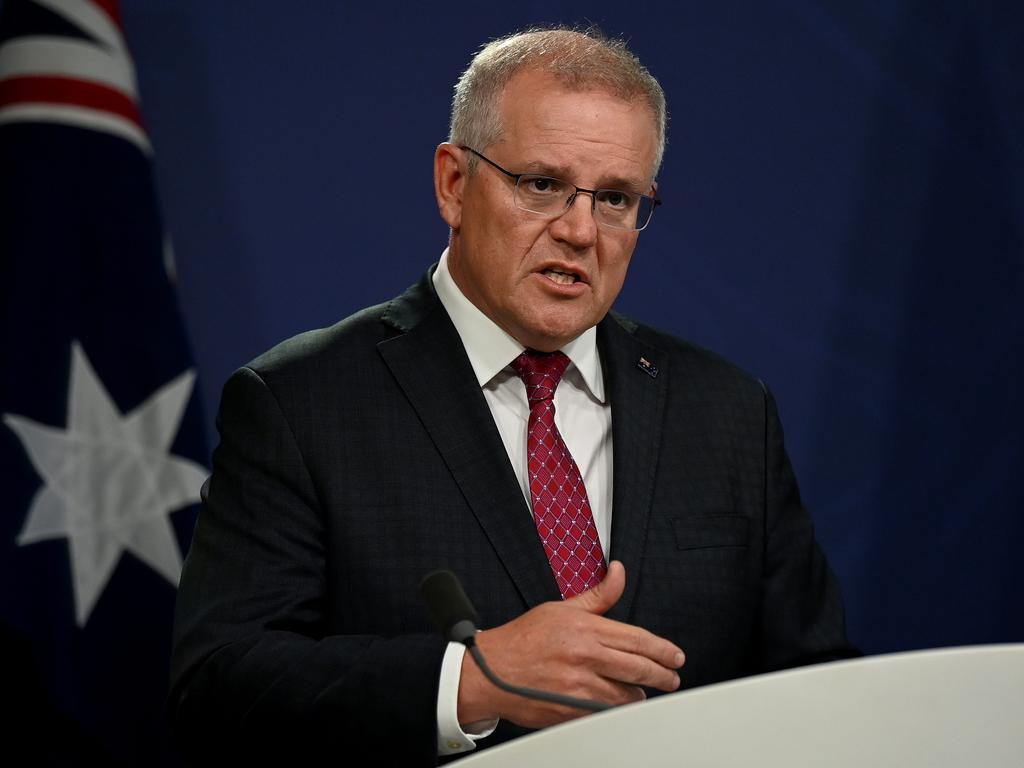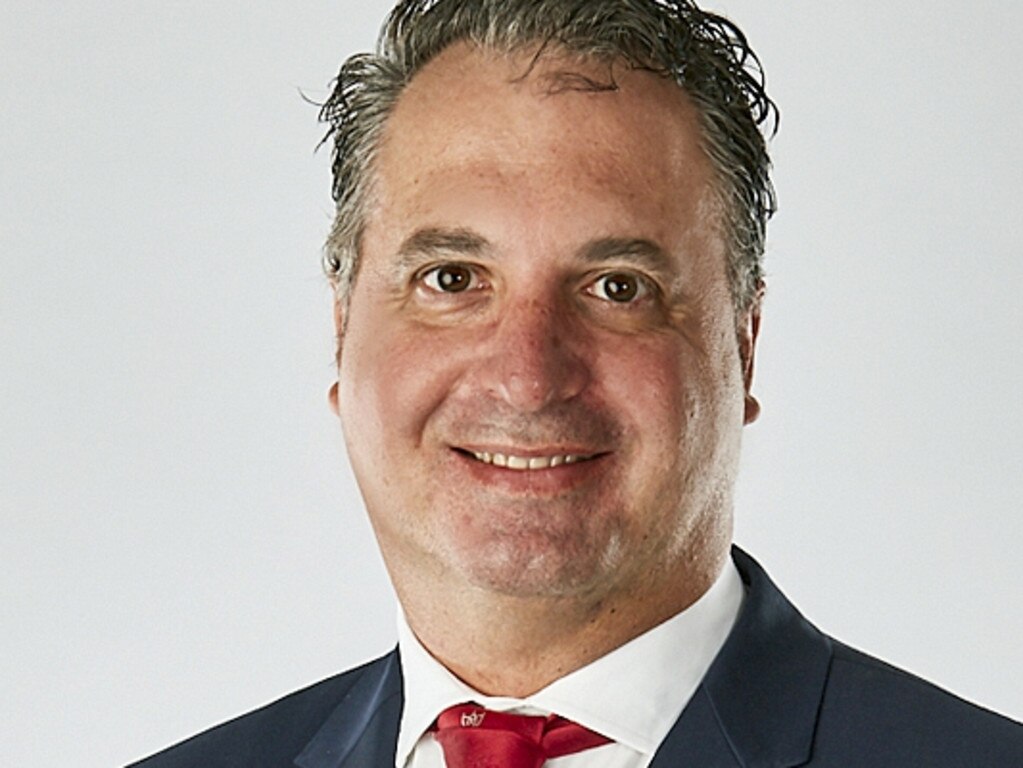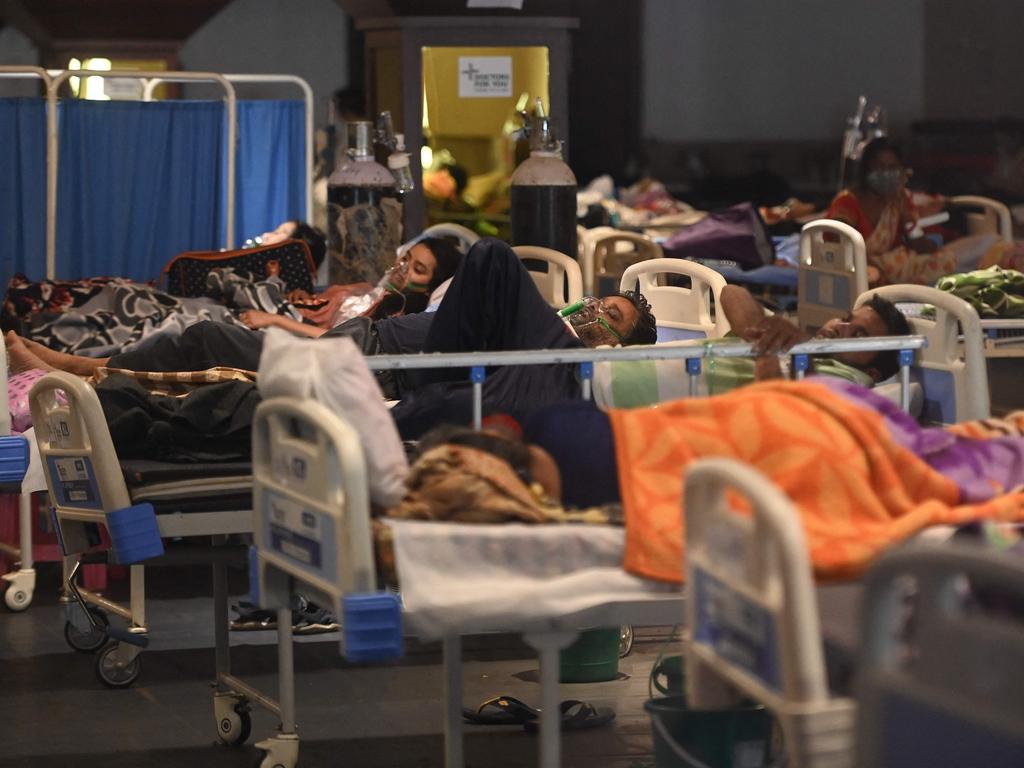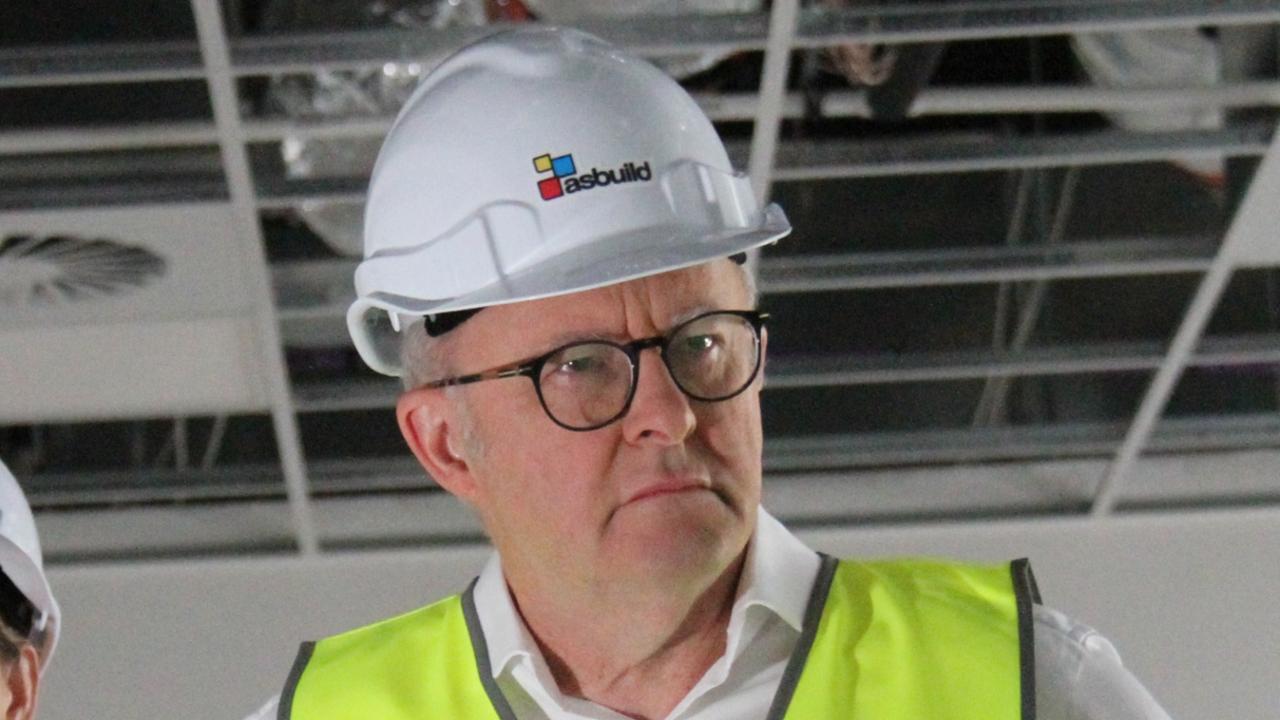Only 40pc of available Covid-19 jabs are in arms
The slow rate of vaccinations has nothing to do with adequate supplies | Here’s what has happened to the nation’s 5 million Pfizer and AstraZeneca doses.

Only 40 per cent of five million COVID-19 vaccine doses supplied by Pfizer and AstraZeneca have been administered, as the Morrison government prepares to reset its rollout for those aged 50 to 69 and the states ramp up delivery schedules.
The committed budget for the COVID-19 health response and vaccinations is now almost $7.2bn, including $3.9bn for vaccines, following the announcement this month of a doubling to 40 million doses ordered of the Pfizer product after technical advice recommended it for use in people aged under 50.
On Wednesday, the Health Department said the number of vaccine jabs pushed through the two million level, as doctors reported a mismatch of supply and demand in primary care settings, cancellations of bookings and a growing hesitancy to receive the jab in the community.
The milestone, reached on Tuesday, was greeted with mixed feelings. While the two million mark is only half the government’s original target of four million by the end of last month, the pace of vaccinations has quickened as more primary care sites are involved in the program.

The rollout, which began on February 22, reached one million doses administered in 46 days. The second million took 19 days.
Yet a tracking analysis by The Australian of five million doses supplied by Pfizer and AstraZeneca and released for use by the Therapeutic Goods Administration reveals a vaccine rollout that is built for comfort, not speed.
As of the start of this week, 1.4 million vaccines were either held as contingency for second doses (800,000 jabs) or awaiting dispatch (600,000 jabs).
Of 3.6 million deemed “distributed” or delivered to sites and contractors, only three million were available for use, leaving 600,000 in limbo.
Finally, with two million doses now in arms, that leaves more than a million available doses in fridges or part of the 10 per cent that has succumbed to wastage.

According to the Health Department, 52 per cent of doses administered, or almost 1,058,000, have been via the commonwealth at 4641 primary care sites, including GP-led respiratory clinics, primary health networks and Indigenous health.
States and territories have administered 761,000 jabs, and private contractors have racked up 211,000 doses in aged care and disability facilities.
But clinicians are perplexed about the rollout in primary care. Royal Australian College of General Practitioners NSW president Associate Professor Charlotte Hespe told the Senate’s COVID committee on Tuesday that dose allocation was haphazard.
“There does seem to be a rather bizarre way that the vaccine numbers have been allocated around the country,” said Dr Hespe, whose clinic is in inner Sydney. “For instance, my own practice, where we’ve got well over 8000 patients waiting for a vaccine, we get 50 doses a week.
“Whereas a GP down the road for me has been complaining because he gets 400 doses a week, but actually is a solo GP with far more limited patients of his own, and it’s because he’s designated as a respiratory clinic that he’s been doing the rollout of the vaccine.”
On Wednesday, NSW Premier Gladys Berejiklian announced a mass vaccination hub would open at Sydney Olympic Park on May 11 and, depending on supply, said as many as six million people in the state could receive a vaccine shot by the end of the year.
A week ago, national cabinet revised the vaccine rollout strategy to better use the available stock of AstraZeneca. At least 3.8 million doses of that vaccine have been released by the TGA.
A spokeswoman for Pfizer said the company had delivered 1.3 million doses to Australia. It is understood 173,000 doses are currently in TGA batch testing.
Commodore Eric Young, who has been drafted to oversee the logistics of the rollout, said: “We are building capacity, we are getting a little better every day. While this is a wonderful achievement, we still have work to do to ensure that the vaccines we have available across the country are required to protect our most vulnerable Australians.
“I want to focus on supply, distribution and administration of the vaccine.”
From Monday, people 50 years and over can receive the AstraZeneca vaccine at general practice respiratory clinics and state and territory vaccination clinics. Two weeks later, people 50 years and over can receive the AstraZeneca vaccine at a participating general practice.







